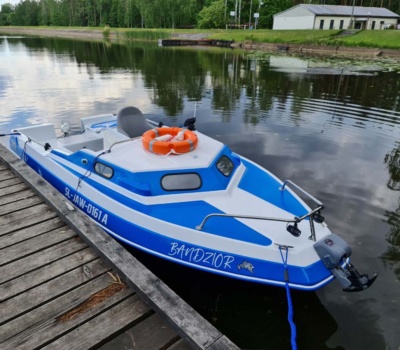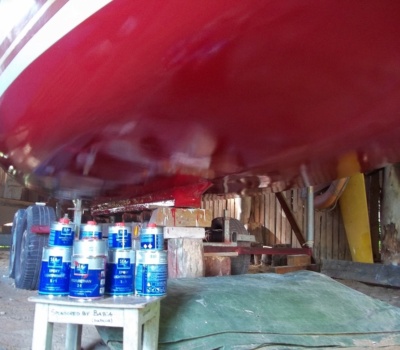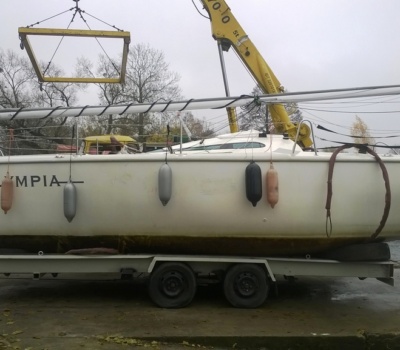Mr. Wojciech Ceiślik, boatbuilder Glen-L Squirt:
„I recommend Sea-Line products to everyone who builds and renovates boats. I use product Sea-Line for bulding my motorboat „DISCO VOLANTE”:


Renovation of the Spanish motorboat Ducauto caribe. “Cut in half, gutted and made according to

Cosmetics Sea-Line use in Polish Army for cleaning and protect Sea Gun AM35 on „ORP

„… It was not easy, hard job on knees with mask and glasses. Feeling like

„The holiday period ended and my yacht was left for 2 months in one of
Yes, you can mix Sea-Line polyurethane paints. The only difference are the pigments of polyurethane paints that determine the color of the paint. But remember to keep the right proportions of base, hardener and thinner.
We do not sell retail. Our products can be found in many stores in Poland and abroad. Our distributors run stationary and online stores. The full list of distributors and contacts can be found on our website at the following link click here.
It is not recommended to apply 2K paints over 1K paints. 1K and 2K inks differ in their composition and properties, including hardness, chemical resistance and durability. 1K paints are one-component and dry by evaporating the solvent, while 2K paints are two-component and need to be cured by adding a hardener. Applying 2K paint over 1K paint can cause unpredictable chemical reactions and lead to undesirable effects such as dulling, chipping or flaking of the paint. Therefore, always use paints according to the manufacturer’s instructions and do not mix different types of paints. farby zgodnie z instrukcjami producenta i nie mieszać różnych rodzajów farb.